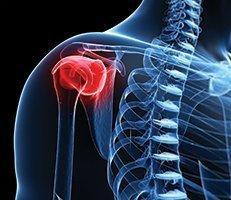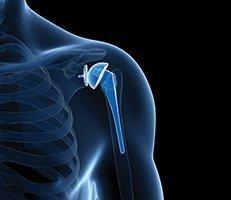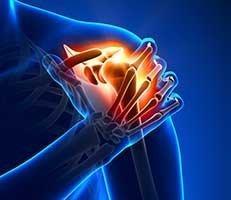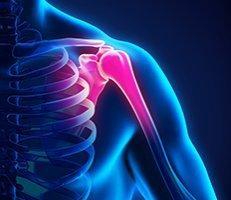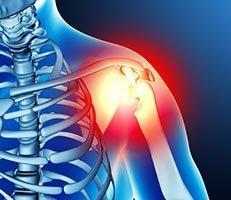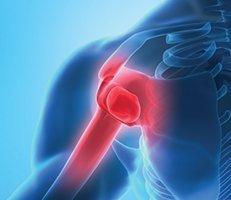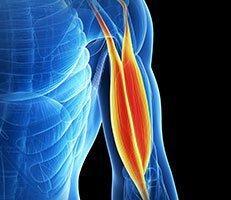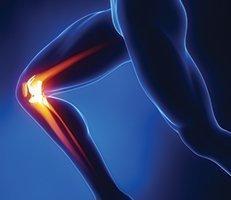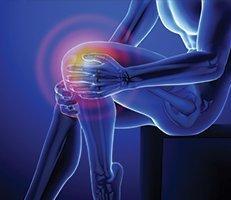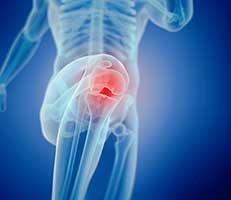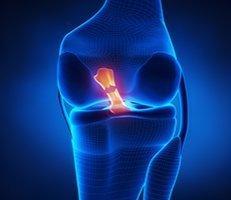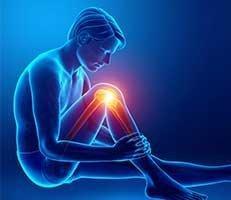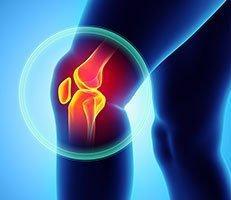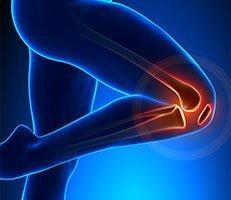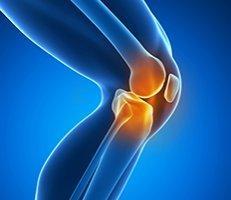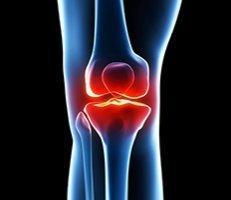Although relatively uncommon, blood clots can occur after arthroscopic surgery. When a blood clot occurs in a vein, it is called a deep venous thrombosis (DVT). Sometimes a DVT can break apart and travel to the lung, which is called a pulmonary embolism (PE). A PE is a very serious problem and can even be life-threatening.
In patients undergoing knee arthroscopy, DVT’s typically occur in the legs. In patients undergoing shoulder arthroscopy, DVT’s can occur either in the surgical arm or in the legs. Fortunately, the risk of clinically significant DVT after outpatient arthroscopic surgery is very low, but every patient who undergoes surgery is at some risk. Several factors are known to increase the risk of DVT, including obesity, smoking, hormone replacement therapy, birth control medication, cancer, immobility, and a personal or family history of DVT or PE. It is important to tell your physicians if you or a family member has had a DVT or PE before or if you have known risk factors for DVT.
Signs and symptoms of DVT include increased swelling and/or pain of the leg or arm. Signs and symptoms of a PE may include shortness of breath, painful breathing, chest pain, anxiety, or rapid heart rate. If you are concerned about a DVT or PE, it is imperative that you get in touch with your physician on an emergent basis or go to the emergency room for an evaluation and treatment.
There are several simple things you can do to decrease your risk of DVT after surgery:
1. Decreasing venous stasis: You will be issued white stockings during surgery, which should be worn at all times for at least 10 days after surgery. These stockings help to minimize pooling of blood in the legs (“venous stasis”) and improve venous return to the heart. Narcotic pain medicines will sometimes make you drowsy, and you may be inclined to spend more time than usual either laying down or sleeping. Nevertheless, it is imperative to get up and walk around at least once every couple of hours. Furthermore, when you are sitting in a chair or on a couch, you should frequently pump your ankles and bend your knees. These simple measures will help to keep the blood circulating throughout the body and minimize venous stasis. For shoulder patients, it is also important to come out of the sling several times per day and work on elbow, wrist, and hand motion. You should come out of the sling at least once every 2-3 hours to perform these exercises, in order to allow for improved circulation and decreased venous stasis in the upper extremity.
2. Smoking cessation: Smoking is known to increase the risk of DVT. Complete cessation of smoking 1 week before surgery and at least 1 month after surgery will enhance the ability of your body to heal after surgery, and may also decrease your risk of DVT or PE. Simply put, stop smoking.
3. Blood thinners: There are several types of medications that may help to decrease the risk of DVT after surgery. Unfortunately, there are no scientifically validated guidelines available to us when making recommendations for DVT prophylaxis after arthroscopic surgery. I generally recommend that all postop patients take one aspirin 325 mg daily for 10 days after surgery.
This helps to thin the blood and may decrease the risk of DVT. If you are allergic to aspirin, have a history of bleeding, or currently take other blood thinners, you should not take aspirin. If you have a personal or family history of DVT or PE, or if any blood disorders run in your family, please let us know, as a stronger prescription blood thinner may be indicated.
In summary, DVT and PE are uncommon but potentially serious problems after surgery. In my practice, the risk of clinically significant DVT and/or PE after outpatient arthroscopic surgery is less than 1%. Please follow the simple instructions outlined above to minimize your risk. If you have known risk factors for DVT, please let me know so that we can discuss the risks and benefits of prescription blood thinners.
Please contact us for more information!

